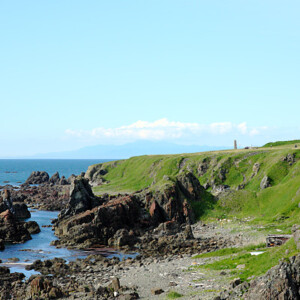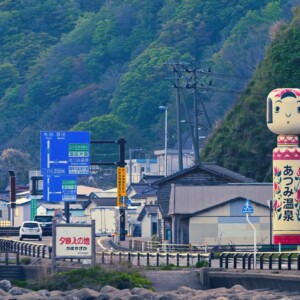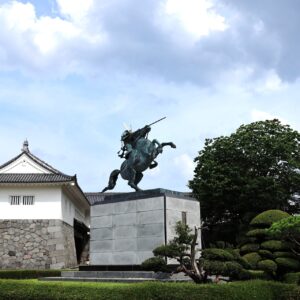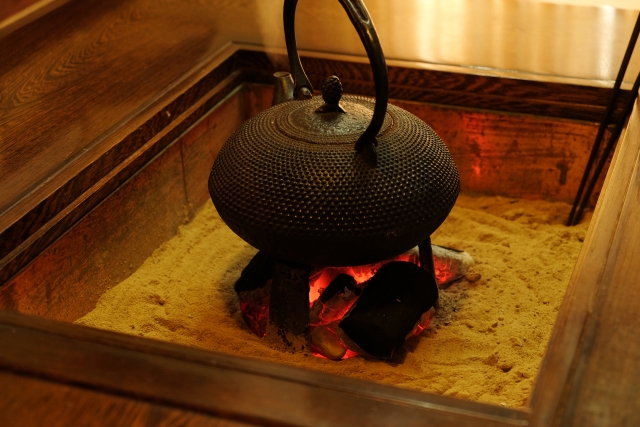
[Morioka City, Iwate Prefecture] “Iwachu Ironware Museum” is a place where Nanbu ironware gathers! The world's largest iron kettle will greet you.
table of contents
When it comes to traditional crafts from Iwate Prefecture, Nanbu ironware is famous. It is highly regarded not only in Japan but also around the world. It has many fans, especially in cutting-edge cities of fashion and art such as Paris and Milan
The place with the largest collection of Nambu ironware in Iwate Prefecture is the Iwachu Ironware Museum in Morioka City. You can see a wide variety of Nambu ironware here, from huge, imposing pieces to small, cute pieces
This time, we will introduce the Iwachu Ironware Museum, the perfect place to see Nanbu ironware
The huge ironware catches your eye
At the entrance to the Iwachu Ironware Museum, you'll see a 2m diameter Nanbu jumbo pot. It weighs 1200kg and is 75cm tall. Apparently, they've actually cooked Imo-ni, a local Iwate dish, in it
This means you can make enough imoni for 3,000 people at once
Jumbo iron kettle
When you enter the museum, the first thing you see is a huge Nambu ironware. This time it's an iron kettle. It's 150cm tall, twice the size of the jumbo pot mentioned earlier, and weighs 350kg
This size of iron kettle is the largest not only in Japan but in the world, and can boil water for 2,000 people at a time
You can touch the exhibits
Unusually for a place like this, you can actually touch most of the exhibits in the museum, such as jumbo pots and iron kettles
It is truly a worthwhile experience to be able to experience the unique rough texture and soft feel of Nambu ironware. You can literally feel its charm by actually going there
In front of the iron kettle is a large Nanbu glockenspiel. Of course, you can actually play it too. It has a proper musical scale, so you often see children trying to play songs on it
Workshop tours available
Once you leave the exhibition zone, the actual workshop comes into view. The entire room is a strange space, stained the color of iron. This may be due to the accumulation of iron dust on the walls and floors every day. You can feel the accumulation of many years
You can actually see the craftsmen at work. They make a rough mold using very fine sand, and then pour iron at 1400°C into it to form the shape
Craftsmen carry out all processes by hand
A distinctive feature of Nambu ironware is the intricate patterns on the surface. These are applied by hand, one by one, by artisans. In addition, a rust prevention process is carried out that is unique to Nambu ironware
The pieces are then placed in a charcoal fire at a temperature of 900°C for around 30 minutes. The sight of the craftsmen working with sweat dripping from their foreheads is a testament to their craftsmanship
After rust prevention, the piece is finished by applying lacquer or blackened teeth
The process you can see varies depending on the day you visit
It takes three weeks to complete an iron kettle: two weeks to make the mold, and one week to pour the molten iron into it, let it harden, polish it, paint it, and then finish it
As you can see, this process is not completed in one day, so the work the craftsmen are doing will vary depending on the day you visit. If there is a particular process you would like to see (for example, seeing 1,400-degree hot iron being poured into a mold), be sure to call in advance and ask
If you do, they will tell you which days you can see it, so you can just go on those days
When you see that all the work is done by hand, your perspective on Nambu ironware changes again. When you see it up close, touch it, and realize that its rough texture and intricate patterns are all made by hand, you really get a sense of its greatness
Buy your favorite Nanbu ironware and take it home
There is also an exhibition and sales corner for Nanbu ironware, where you can purchase your favorite products
When most people think of Nanbu ironware, they imagine it as being rugged and black, but here you'll find a wide variety of ironware that breaks away from that stereotype
Over 100 color variations
They have a particularly wide variety of colors. They have products in red, blue, and green. They have a total of 100 colors and are exported to over 20 countries. There is a wide range of prices, from items that can be purchased for around 500 yen to surprisingly expensive items
Cookware such as frying pans and rice cookers are recommended
Nanbu ironware is thick and has the property of conducting heat slowly and evenly. This makes it ideal for everyday cooking utensils, with frying pans being the most popular
Compared to a regular frying pan, it is much heavier even if it is the same size. It is best to imagine actually holding it in your hand and frying vegetables, and make sure that it is safe to use every day before purchasing
A frying pan can be purchased for around 3,000 yen
Rice cookers are more expensive than frying pans (around 12,000 yen), but they are popular because they can cook delicious rice using the pressure of Nanbu ironware
Not only can you cook rice, but you can also make delicious curry and stew
A teapot with fans around the world
One of the most representative forms of Nambu ironware is the kyusu (teapot). Kyusu are extremely popular as teapots among foreigners. Traditional and chic kyusu are highly sought after, and are often delivered to European cafes
Summary of Iwachu Ironware Museum
This time, we have introduced the Iwachu Ironware Museum, which has a wide variety of Nambu ironware on display. There are many things worth seeing, such as giant ironware on display and the opportunity to watch artisans at work
Another attraction is being able to purchase your favorite ironware at a low price. In addition to larger items such as iron kettles, small items such as Nambu wind chimes, which were included in the "100 Soundscapes of Japan to Preserve," and coasters are also popular and easy to take home
You can enter with a stroller, so it's a recommended spot for families with small children
INFORMATION
- Name: Iwachu Ironware Museum
- Address: 2-23-9 Minamisenboku, Morioka City, Iwate Prefecture
- Phone number: 019-635-2505
- Official URL: https://iwachu.co.jp/


![[Iwate Prefecture] 3 Restaurants Where You Can Enjoy the Charm of Nanbu Ironware and Gourmet Food Made with Nanbu Ironware! southern ironware](https://jp.neft.asia/wp-content/uploads/2022/02/10c06740f2b72818745be891912ccf3c-150x150.jpg)
![[Morioka City, Iwate Prefecture] Morioka Fireworks Festival 2017 is the biggest summer event in the Morioka area! Delivering overview and hidden gem information bbff950c647492150ec211d842ca1a16_m](https://jp.neft.asia/wp-content/uploads/2017/07/bbff950c647492150ec211d842ca1a16_m-150x150.png)
![The pride of the six Tohoku prefectures: "Magnificent stone walls worthy of being a symbol of the vast Nanbu domain!" Morioka Castle, a rare stone wall castle in Tohoku [Morioka City, Iwate Prefecture] Morioka Catch](https://jp.neft.asia/wp-content/uploads/2025/08/c7a073d8f6b974d7b0a83e2318017b73-1-150x150.jpg)
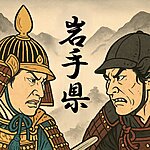
![[Series ④: The role of the previous nine years and the role of the second three years] Mr. Kiyohara's participation in the war completely changed the flow of the role of the previous nine years 1000310_m](https://jp.neft.asia/wp-content/uploads/2023/11/1000310_m-150x150.jpg)
![[Morioka City, Iwate Prefecture] Enjoy the view of Morioka from above! Introducing the observation deck overlooking the city and the surrounding gourmet food! (Part 1) Morioka Observatory Catch](https://jp.neft.asia/wp-content/uploads/2025/09/0fd7d6e5b886de63069851e85b930579-150x150.jpg)
![[Morioka City, Iwate Prefecture] Wanko Soba? Or cold noodles? Famous restaurants in Morioka City where you can enjoy local specialties! 07f2925e8186367aef1f9a04b7335be1_m](https://jp.neft.asia/wp-content/uploads/2017/04/07f2925e8186367aef1f9a04b7335be1_m-150x150.png)
![[Morioka City, Iwate Prefecture] A famous spot that is very popular with children! Guide to Iwayama Parkland and Iwate Prefectural Transportation Park c547461ffcd1e39444a5423c7c2438a0_m](https://jp.neft.asia/wp-content/uploads/2017/07/c547461ffcd1e39444a5423c7c2438a0_m-150x150.png)
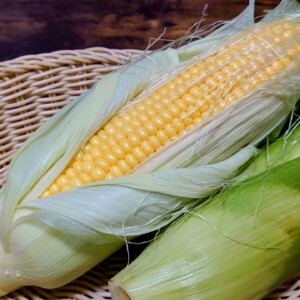
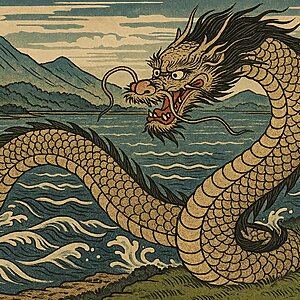
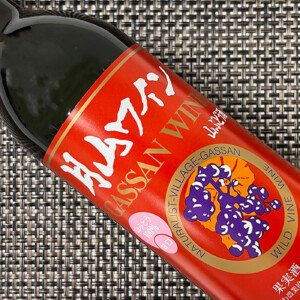
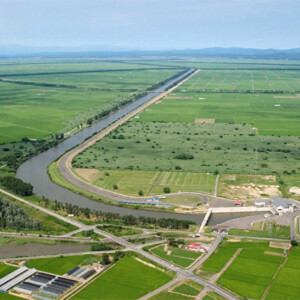
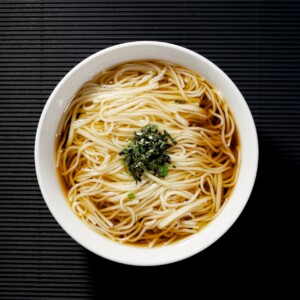
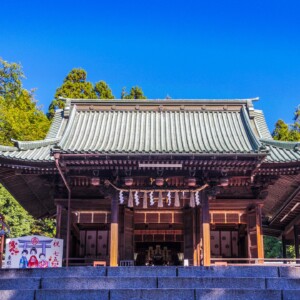
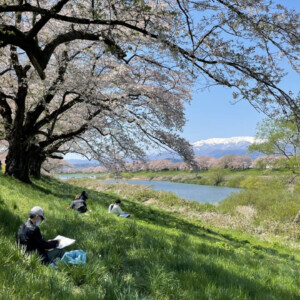
![Koriyama brand vegetables [Sasuke eggplant, Mankichidon]](https://jp.neft.asia/wp-content/uploads/2024/08/P7112336-300x300.jpg)

